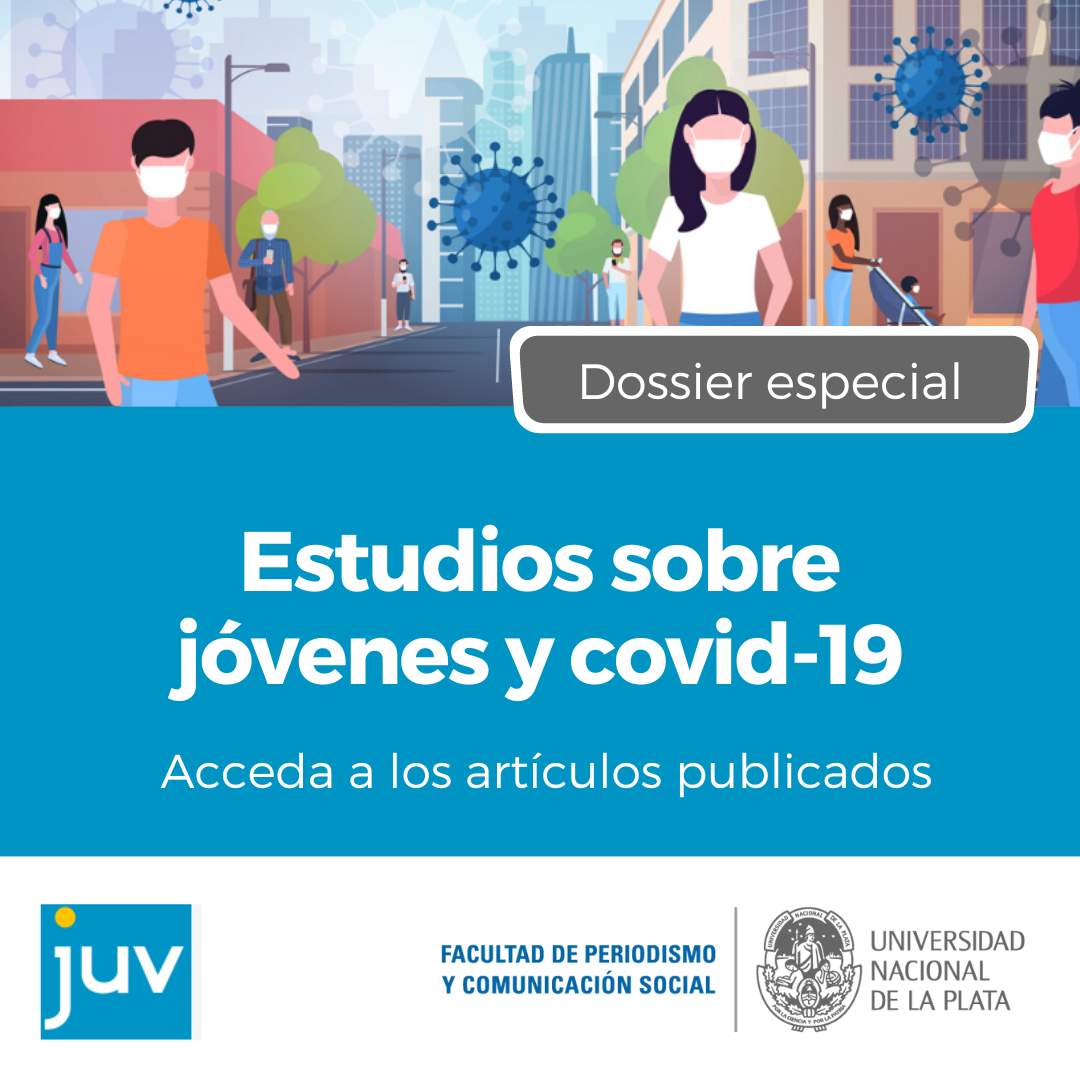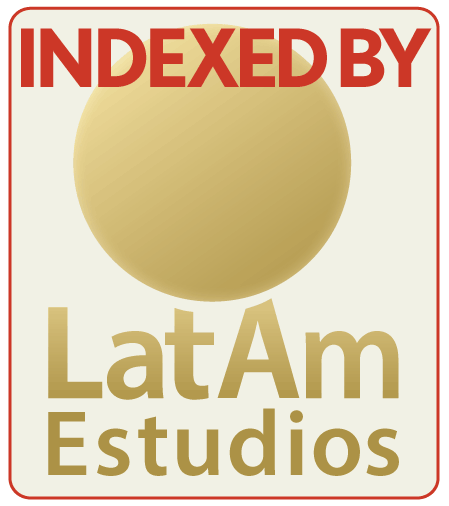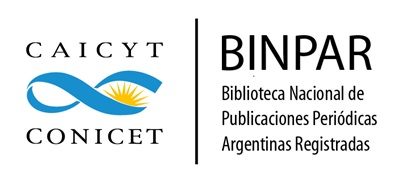The Place of the Belief in Pandemic´s Time
Young People and Virtual Social Networks
DOI:
https://doi.org/10.24215/18524907e043Keywords:
beliefs, young people, virtual social networks, COVID-19Abstract
The Pandemic for COVID-19 changed the daily lives of millions of people around the world. Religious practices did not escape the transformations as a result of the virus and temples and churches had to close their doors. As well as adults, young people ceded their physical territory and reconfigured their religious practices enhancing the use of digital media, especially virtual social networks. To observe these transformations, four young people from the Conurbano bonaerense belonging to non-traditional religions were interviewed.
Downloads
Metrics
References
Carozzi, M. (1999). La autonomía como religión: la nueva era. Alteridades, 9(18), 19-38.
Ceraso, C. (2008). Redes de desarrollo local y colectivos de comunicación en el territorio (Tesis de Posgrado). Recuperado de www.scribd.com/doc/9381194/Tesis-Completa
Chaves, M. (2009). Investigaciones sobre juventudes en la Argentina: estado del arte en ciencias sociales 1983-2006. Papeles de trabajo, 3(5), 270-373. Recuperado de http://revistasacademicas.unsam.edu.ar/index.php/papdetrab/issue/view/18/16
Murolo, L. N. (2012). Nuevas pantallas: un desarrollo conceptual. Razón y Palabra, (80). Recuperado de http://www.razonypalabra.org.mx/N/N80/V80/24_Murolo_V80.pdf
Reguillo Cruz, R. (mayo de 2011). La condición juvenil en la América Latina contemporánea: biografías, incertidumbres y lugares. En Cátedra abierta 2. Ciclo de videoconferencias. Aportes para pensar la violencia en las escuelas. Ciudad Autónoma de Buenos Aires, Argentina: Observatorio argentino de violencia en las escuelas. Universidad Nacional de San Martín.
Rubio-Romero, J. y Perlado, M. (2015). El fenómeno WhatsApp en el contexto de la comunicación personal: una aproximación a través de los jóvenes universitarios. Icono14, 13(2), 73-94. https://doi.org/10.7195/ri14.v13i2.818
SINCA (2017). Los jóvenes y los consumos culturales. Encuesta Nacional de Consumos Culturales 2017- Informe Jóvenes. Recuperado de https://www.sinca.gob.ar/Encuestas.aspx
Urresti, M. (2002). Generaciones. En C. Altamirano (Dir.), Términos críticos de sociología de la cultura. Ciudad Autónoma de Buenos Aires, Argentina: Paidós.
Viotti, N. (2010). El lugar de la creencia y la transformación religiosa en las clases medias de Buenos Aires. Apuntes de Investigación del CECyP (18), 39-68. Recuperado de http://www.apuntescecyp.com.ar/index.php/apuntes/article/view/315
Williams, R. (1973). Televisión. Tecnología y forma cultural. Ciudad Autónoma de Buenos Aires, Argentina: Paidós.
Downloads
Published
How to Cite
Issue
Section
License
The acceptance of an original by the journal implies the non-exclusive transfer of the patrimonial rights of the authors in favor of the publisher, who allows the reuse, after its edition (postprint), under a Creative Commons License Attribution-NonCommercial-ShareAlike 4.0 International.
According to these terms, the material can be shared (copy and redistribute in any medium or format) and adapted (remix, transform and create another work from the material), provided that a) the authorship and the original source of their publication (magazine and URL of the work) are cited, b) is not used for commercial purposes and c) the same terms of the license are maintained.
The assignment of non-exclusive rights implies that after postprint in Revista Argentina de Estudios de Juventud authors may publish their work in any language, media and format; in that case, it is requested that they signal that the material was originally published by this journal.
Assignment also entails the authors’ authorization for the work to be collected by SEDICI, the institutional repository of the Universidad Nacional de La Plata, and for it to be indexed in the databases that the publisher thinks appropriate for enhancing the visibility of the published work and its authors.
In addition, the journal encourages authors to submit their works to other institutional and thematic repositories after their publication in Revista Argentina de Estudios de Juventud, under the assumption that offering society unrestricted access to scientific and academic production contributes to a greater exchange in global knowledge.













.png)

























